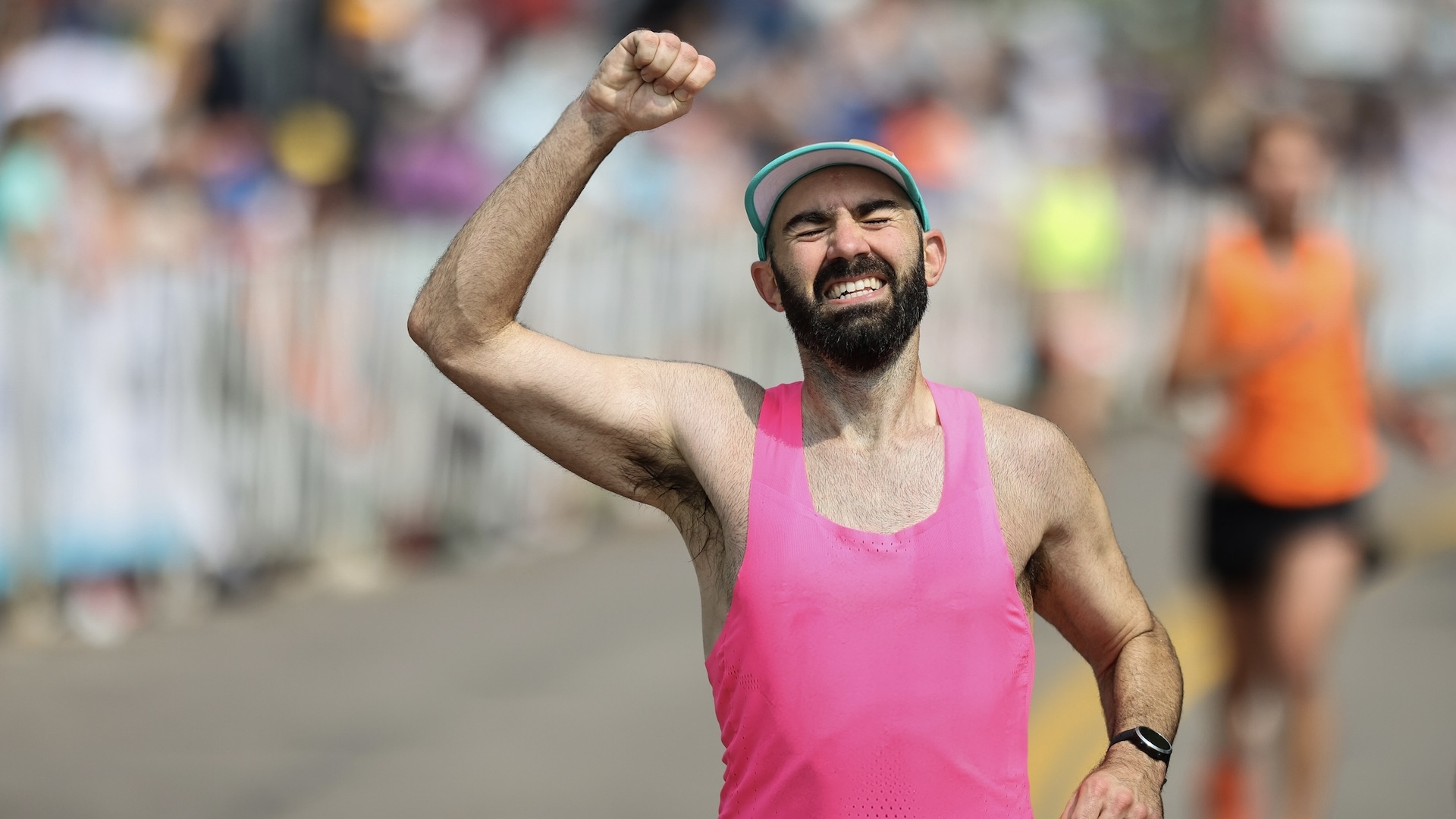
If you are a runner, you should know about rhabdomyolysis – rhabdo, for short – so that you can avoid the serious medical condition. We speak to the experts to find out more about the potentially life-threatening issue that can affect long-distance and ultra runners.
What is rhabdomyolysis?
Rhabdomyolysis is a medical condition characterized by the breakdown of muscle tissue. To explain, Carolina Goncalves, a pharmacist, says: “When rhabdomyolysis strikes, the result is a breakdown of skeletal muscle tissue, wherein intracellular contents, including a protein called myoglobin, are released into the bloodstream.
“Myoglobin is a muscle protein that, when released in large quantities, can cause acute kidney injury due to its toxic effects on the renal tubules.”
The reason why rhabdo is a more specific issue for runners is because, according to another expert, Dr Emilia Pasiah, “they are at a higher risk of developing the condition, especially during intense or prolonged physical activity”.

How might rhabdomyolysis affect runners?
Rhabdomyolysis can significantly affect runners in several ways, both short-term and long-term, according to Dr Pasiah.
She says: “Firstly, runners may experience severe muscle pain, swelling and weakness, which can impede their ability to continue running or training.
“Kidney damage is also a major concern. The release of myoglobin into the bloodstream can overwhelm the kidneys, leading to acute kidney injury or failure. This requires immediate medical attention and can have long-term health consequences, such leading to a need for dialysis.
“In addition, the breakdown of muscle cells can cause imbalances in electrolytes, such as potassium, calcium and phosphate. These imbalances can lead to serious complications such as cardiac arrhythmias.
“The overall physical impact of rhabdomyolysis can result in extreme fatigue and generalised weakness, affecting daily activities and athletic performance.”
Any recovery from rhabdo usually requires a prolonged period of rest and rehabilitation, during which runners may need to avoid all physical exertion to allow their muscles and kidneys to heal.
Sadly, there is also a potential for chronic conditions as a result of a rhabdomyolysis, such as chronic kidney disease or long-lasting muscle damage.

Which runners should be aware of rhabdo?
While rhabdomyolysis has the potential to affect any runner, certain types of runners are more likely to be at higher risk due, according to Carolina, who is superintendent pharmacist at Pharmica. These factors relate to training intensity, environment and personal health.
She says: “Running, particularly high-intensity or long-distance running, can trigger rhabdomyolysis due to the eccentric contractions involved when the quadriceps lengthen upon foot landing. These eccentric movements cause significant muscle damage, increasing the risk of elevated serum creatine kinase (CK) levels and muscle pain.
“Additionally, due to its repetitive nature, running depletes muscle glycogen stores, further contributing to muscle fatigue and damage. Early detection and management, including hydration and correcting electrolyte imbalances, are crucial to prevent severe outcomes.
Dr Pasiah reveals a list of more specific issues and environments when runners may suffer due to rhabdo.
Ultra runners: Runners participating in marathons, ultramarathons, or long-distance events often push their bodies to extreme limits, increasing the risk of muscle breakdown.
High-intensity interval training: Runners who take part in high intensity training sessions can be prone to overexertion, particularly if they do not allow adequate recovery time.
Heat exposure: Runners training or competing in hot and humid environments are at increased risk of rhabdo due to the added strain of heat on the body, which can lead to dehydration and muscle breakdown.
Dehydration: Proper hydration is crucial for muscle function and recovery. Runners who do not maintain adequate hydration levels are at increased risk of rhabdomyolysis.
Sudden running stresses: Inexperienced or poorly conditioned runners who suddenly increase their training intensity without proper conditioning are more susceptible to rhabdomyolysis.
Underlying health conditions: Some metabolic or muscle disorders can leave runners more susceptible to rhabdomyolysis. Runners who are taking medications that affect muscle metabolism, such as statins, are more vulnerable.

What are the signs of rhabdo for runners?
Runners should be aware of several key signs and symptoms of rhabdomyolysis, which can indicate the need for immediate medical attention.
Symptoms include:
- Severe or intense muscle pain, especially in the shoulders, thighs or lower back, that is disproportionate to the level of exertion.
- Significant weakness or difficulty moving affected muscles.
- Swelling in the muscles, which may be accompanied by stiffness and tenderness.
- Urine that is dark-coloured, often described as cola or tea-coloured, could indicate the presence of myoglobin released from damaged muscle cells.
- Decreased urination or difficulty urinating, which can be a sign of kidney failure.
- Mental confusion, disorientation or other cognitive changes, especially in severe cases where electrolyte imbalances are present.
- A rapid heart rate, which may be a sign of an underlying electrolyte imbalance or dehydration.
Dr Pasiah says: “Recognizing these symptoms early and seeking prompt medical attention is crucial for preventing severe complications associated with rhabdomyolysis.”
What can runners do to avoid rhabdo?
Dr Pasiah suggests runners can take several proactive steps to minimise the risk of developing rhabdomyolysis, such as:
Gradual training progression: Increase training intensity and duration gradually and avoid sudden jumps in workout intensity or volume.
Proper hydration: Maintain adequate hydration before, during, and after exercise to help support muscle function and recovery. Monitor urine colour to ensure proper hydration.
Balanced nutrition: Consume a well-balanced diet that supports muscle health, including adequate protein intake and essential nutrients.
Rest and recovery: Allow sufficient recovery time between intense workouts. Incorporate rest days and active recovery sessions into the training schedule.
Acclimatise to conditions: Avoid intense workouts during peak heat or humidity.
Listen to your body: Pay attention to signs of overexertion, such as unusual fatigue, excessive muscle soreness, or dark urine. Do not ignore warning signals from your body.
Proper warm-up and cool-down: Include adequate warm-up and cool-down routines to prepare muscles for exercise and aid in recovery.
Avoid some medications and substances: Be cautious with medications that can increase the risk of muscle damage, such as statins or certain antibiotics. Avoid using illicit drugs and excessive alcohol, which can also contribute to muscle breakdown.
Consult a running coach: Ensure you follow a professionally designed run training programme tailored to your fitness level and goals.
While rhabdomyolysis is a rare muscle injury condition, it is vital you know of the symptoms and how to avoid the issue if you are a runner.







